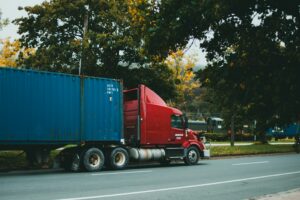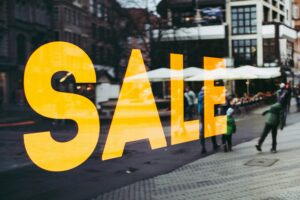In the beverage industry, supply chain planning isn’t just a back-office function—it’s the competitive edge. Every season plays by its own rules. In the warm months, demand surges; in the cooler months, orders slow, yet production lines keep running. Add to that unpredictable demand spikes from heatwaves, social trends, or last-minute promotions, and the complexity becomes staggering.
For a typical large-scale beer producer, this isn’t just business as usual. It’s a high-stakes juggling act. Such a company might produce hundreds of SKUs, from flagship pilsners to seasonal craft brews, distributing them to hundreds of retail outlets and dozens of regional distributors. A significant share of annual sales can happen during the high-demand season, yet production may be concentrated in a single facility—creating a bottleneck that magnifies the challenge of meeting service-level targets.
Multiple sales channels add another layer of complexity:
- On-premise (bars, restaurants, hotels) demanding frequent, smaller deliveries to maintain freshness.
- Off-premise retail (supermarkets, convenience stores) with bulk replenishments tied to promotions and events.
- Export markets requiring long lead times, strict compliance, and precise demand forecasting.
And while every bottle shipped is a win, every bottle returned must be tracked, washed, and reused. Returnable packaging—bottles, crates, and kegs—flows back through the same network, competing for warehouse and truck space with outbound orders.
It’s in this environment that inefficiencies snowball. Trucks leave the warehouse less than full. Routes zigzag inefficiently across territories. Mixed pallets—necessary to meet diverse customer needs but time-consuming to prepare—slow down warehouse throughput. Logistics costs climb, service levels are harder to maintain, and the margin for error shrinks.
This is where the next generation of supply chain planning changes the game.
From Firefighting to Proactive Planning
By integrating daily replenishment and transportation planning into a single, AI-powered process, beverage companies can replace firefighting with foresight. Imagine a system that calculates minimum, target, and maximum demand for every SKU, at every distributor, every day—automatically adjusting for seasonality, promotions, and local consumption patterns. Dynamic cover levels ensure the right products are in the right place at the right time without overstocking.
Truck routing becomes a strategic lever, not an afterthought. Multi-stop routes minimize mileage, reduce lead times, and push truck utilization close to 100%. Pallet rounding rules improve warehouse efficiency while keeping mixed pallet ratios minimal. Planners can still make real-time adjustments before execution, maintaining agility without losing optimization.
The potential impact is substantial:
- 3x faster planning cycles, freeing teams to focus on higher-value work.
- 7% or more improvement in product availability, boosting sales and customer satisfaction.
- Full truck utilization, cutting logistics costs and wasted space.
- Reduced handling time in warehouses, improving throughput when it matters most.
Turning Seasonality Into a Competitive Advantage
Beverage logistics optimization isn’t about moving beer from A to B—it’s about mastering the rhythm of a volatile market. When demand forecasting meets AI-powered planning, seasonality becomes an opportunity, not a risk. When the supply chain becomes predictive, adaptive, and unified, every season—whether it’s the peak heat of summer or the cool slowdown of winter in either hemisphere—becomes an opportunity, not a risk.
With integrated replenishment and transportation planning, beverage supply chains can transform seasonality into a competitive advantage. Explore how AI in supply chain planning can help your business achieve this.
The tools are ready for concurrent planning, the playbook is proven, and the competitive advantage is there for the taking. The only question is: Who will make the first move?









